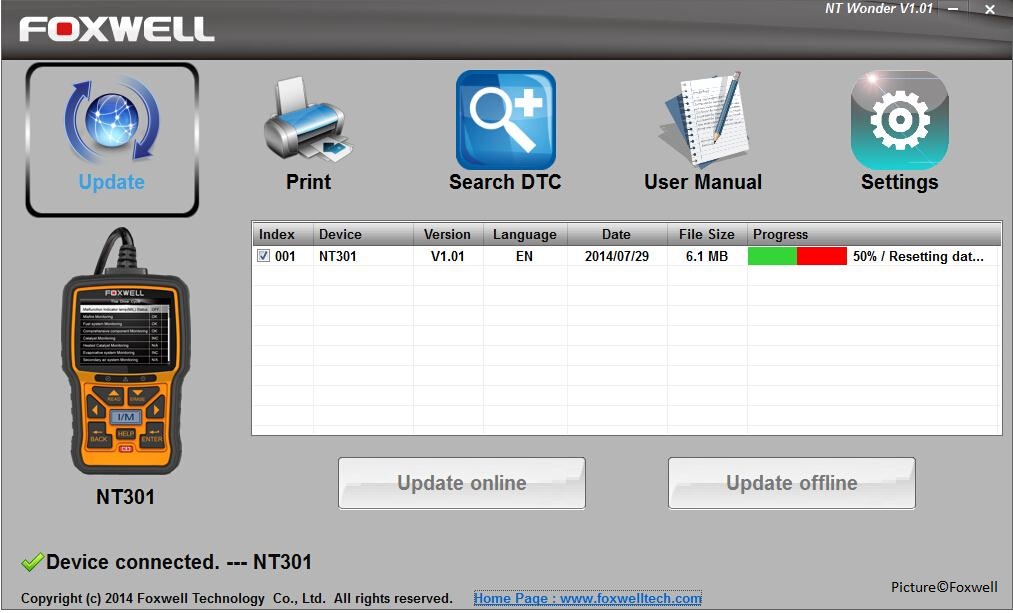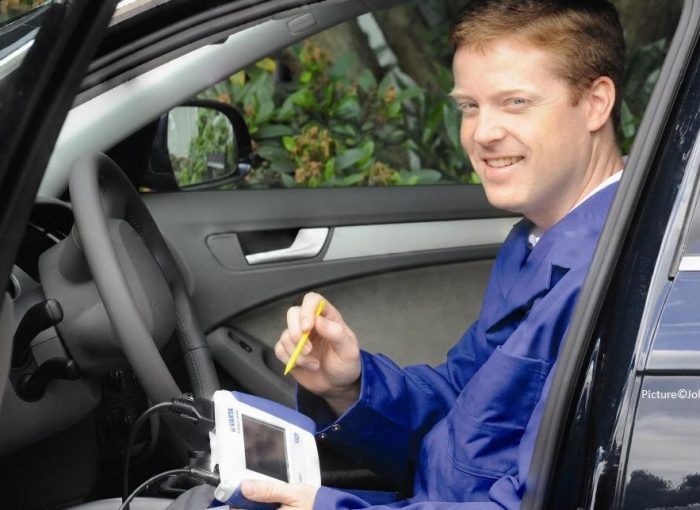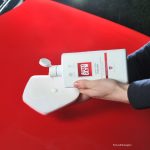No modern motoring enthusiast’s garage is complete without a diagnostic tool. But there are a lot out there. Here we look at what the best ones are and explain what diagnostic tools do.
What kinds of diagnostic tools are there?
As with most things in life, this depends on how much you’re prepared to spend. If you’re a pro you can spend many hundreds of pounds on kit like this. But for the enthusiastic amateur, there are plenty of devices available. There are two basic types of these: tools that plug in and have their own screen; and those that send the information via Bluetooth or WiFi to an app on a smartphone.
What are the best?
Auto Express rated the Scanex Auto Code Fault Reader as five out of five and it costs less than £12. It plugs directly into your car’s On Board Diagnostics OBD2 port and transmits the codes it picks up to a mobile phone by using Bluetooth.
Meanwhile the Sun considered the Foxwell NT301 EOBD/ OBD-II Engine Scan Tool best. This towards the other end of the home mechanic tool spectrum. It costs from £65 and is used by professionals as well as amateurs. It connects to the car’s OBD2 port with a cable. You then read what it has to say in the form of codes on a colour screen. It doesn’t even need a battery as it draws its power from the car.
If you like the idea of the Foxwell but don’t want to spend that kind of money, you can go for the NT200. It’s more basic and costs less than £40. It will even read live data so you can use it to solve intermittent faults too.
But these really are just a snapshot, judged by independent reviewers. There are loads more devices like these out there.

What is a diagnostic tool?
The engine on every modern car is operated by a computer. These also store information about the car and its engine by reading data from the 100 or so sensors that are positioned around a car’s engine. Technicians can access this computer and ask it questions and find out what is going on with the engine. To do this they use diagnostic tools.
How do diagnostic tools work?
These usually come in the form of hand-held devices about the size of an iPad. They plug into a socket that is under the dashboard. The tools then talk to the car’s computer and download information in the shape of codes. Different codes indicate different faults. They enable technicians to find and solve faults quickly. You can even use some tools to reset engine warning lights.
Why buy a diagnostic tool?
If you’re interested in what’s going on with your car or want to save a bit of money, a diagnostic tool is exactly what you should have in your garage. Garages charge for using their OBDs so if you have your own, you can find out how serious a problem is without paying a professional.

I’ve been writing about cars and motoring for more than 25 years. My career started on a long-departed classic car weekly magazine called AutoClassic. I’ve since pitched up at Autosport, Auto Express, the News of the World, Sunday Times and most recently the Daily Telegraph. When I’m not writing about cars and motoring, I’m probably doing some kind of sport or working in my garden.







